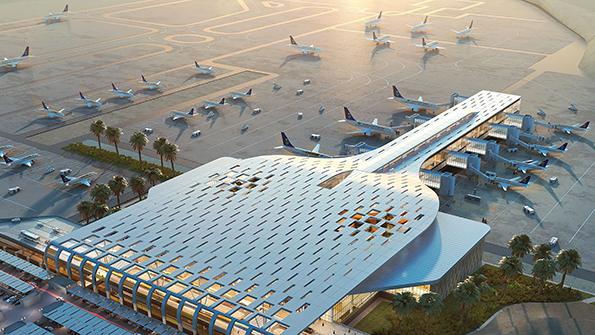
Abha International Airport in southwest Saudi Arabia is scheduled for a major expansion.
Credit: GACA
Middle East airlines are among the fastest-growing carriers in the world. At the Farnborough International Airshow in July, which was generally a weak event for attendance and new aircraft orders, those airlines that did attend and announce or confirm deals were often from the Gulf region, such as...
Arabian Gulf Countries Stepping Up Airport Expansion, Renewal Programs is part of our Air Transport World subscription.
Subscribe now to read this content, plus receive full coverage of what's next in air transport from the experts trusted by the global air transport community. Every article focuses on what airline management professionals need to run their airline, including crucial analysis and insights in financing, airframes and engines, environmental and regulatory pressures and much more.
Already a subscriber to ATW or an AWIN customer? Log in with your existing email and password.





